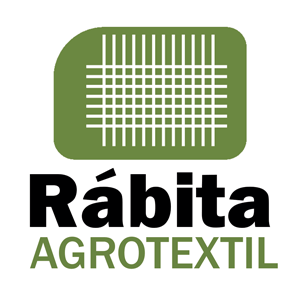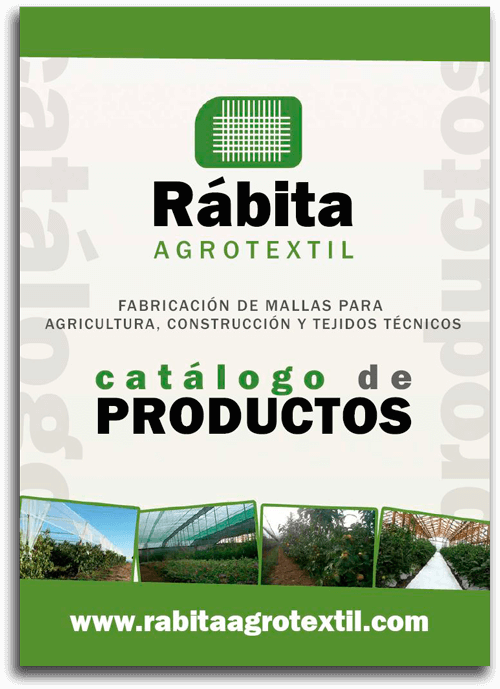The technological revolution affects every area of our professional and personal lives, allowing us to optimize resources and improve developments. In agriculture, research has also been conducted to apply AI in the planting, tending and harvesting processes with the aim of making life easier for the farmer, while improving crop yields. Advances in artificial intelligence in agricultureThe artificial intelligence in agriculture allows to know the yield data of the plantation in order to increase its optimization and the care of the harvest.
How does artificial intelligence work in agriculture?
The artificial intelligence in agriculture allows the collection of a series of data and patterns that are repeated to optimize harvests and obtain the best results. There are various forms of artificial intelligence:
- Agricultural applications: they allow farm management. There are meteorological applications, which control irrigation or the type of mapping in order to facilitate the farmer’s task and obtain better results.
- Sensors applied to agriculture: thanks to them, the driving of agricultural machinery such as tractors has been improved, although they are also used as a weather forecaster and as a soil sensor, indicating the humidity and fertility of a piece of land.
- Drones: thanks to this type of technology, it is possible to know the state of the crops through aerial images. In this way, irrigation can be adjusted and the amount of weeds, among others, can be seen.
Advantages and disadvantages of artificial intelligence in agriculture
It is clear that, as every advance, there are advantages and disadvantages that we must evaluate when acquiring any of this equipment and implement it in our orchard or crop.
Advantages of artificial intelligence in agriculture:
- Increased decision making power through data insight
- Increases sustainability, as it allows adjusting the amount of water, fertilizer, seeding and chemical products doses according to the soil condition.
- Increases food safety due to process control.
Disadvantages of using artificial intelligence in agriculture:
- The economic cost increases and it is not known how long it will take to recover the investment.
- They require increased maintenance to prevent damage and extend their service life.
- They require prior training to understand their operation and uses.
The ideal is to integrate new technology as much as possible to increase yield and knowledge about our crops, always in a proper way and with the necessary knowledge to be able to extract the data we need to optimize our processes. In this way, we can use drones, for example, to know which areas are ready for harvesting and thus avoid their disuse.
In addition to AI technology, it is also important to use agricultural netting during the different phases of our harvest. For example, for fruit harvesting, we recommend harvesting nets and for sun protection, shading nets that allow you to protect crops from UV rays and optimize their yield. In addition, there are other types of netting such as anti-hail or anti-insect netting that help prevent fruit deterioration and protect fruit development.
Both agricultural netting and new automation options are a very useful resource to improve the productivity and quality of our crops. They help us measure yields and implement improvements at different stages of the crop, making day-to-day operations easier for farmers.



